Is Your 401(k) Plan Doing Duty as an Emergency Fund?
There has been a significant increase in the number of workers tapping into their retirement plan accounts to help pay living expenses and large unexpected bills. The steep rise in the cost of living has put many workers under financial pressure and many, lacking an emergency fund, resort to taking loans or hardship withdrawals from their retirement plans. Financial need and the recent relaxation of rules on taking money out of retirement plans are driving this trend.
Recent data indicate that this is widespread: According to one of the nation’s largest retirement plan providers, 2.8% of its more than five million owners of 401(k) accounts took hardship withdrawals in 2022. That figure is up from 2.1% in 2021 and a pre-pandemic rate of 2%. And, in the one‐year period between 2021 and 2022, the number of participants in the federal government’s Thrift Savings Plan who took a hardship distribution increased by 50%.
Are Plan Loans and Hardship Withdrawals Desirable?
People experiencing a financial emergency may have no other option than to tap into their retirement plan. Unfortunately, a plan loan or hardship distribution can have negative financial impact.
Taking a hardship withdrawal leaves you with less money in your plan account, reducing the amount invested for your future. A hardship withdrawal can also increase your regular tax liability. You may also owe a 10% early withdrawal penalty if you are under age 59½.
With a loan, you repay the money with interest to your retirement account. However, that interest could potentially be less than the return your plan investments might have earned had you not taken the loan. If you borrow money when the stock market is in a growth period, the missed earnings may be substantial.
Consider Alternatives
Having an emergency fund of three to six months’ worth of living expenses gives you a substantial cushion for those times when you might face a large, unexpected expense and could help you avoid the need to tap into your retirement plan. If you are considering applying for a plan loan or hardship withdrawal, however, make sure you first explore other options and talk to your financial and tax professionals about your situation.

